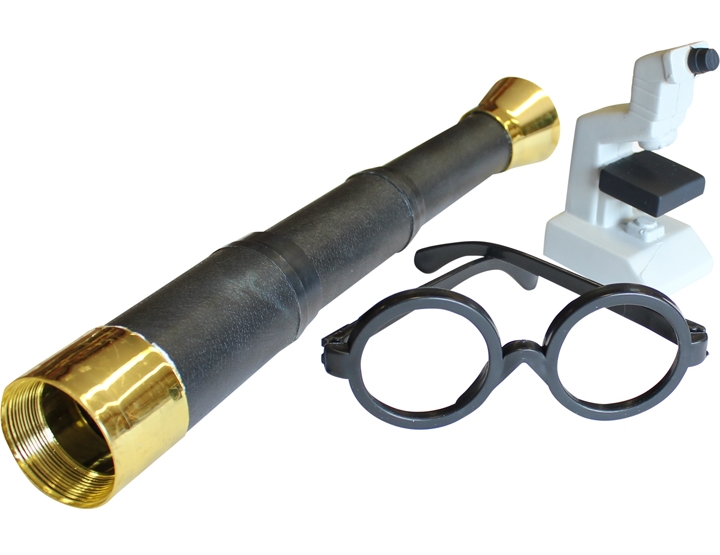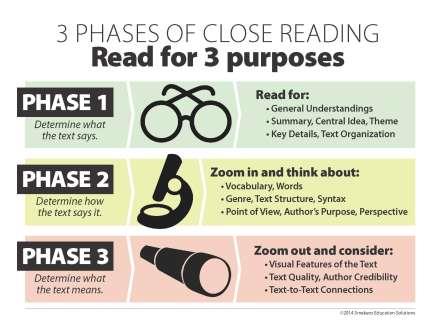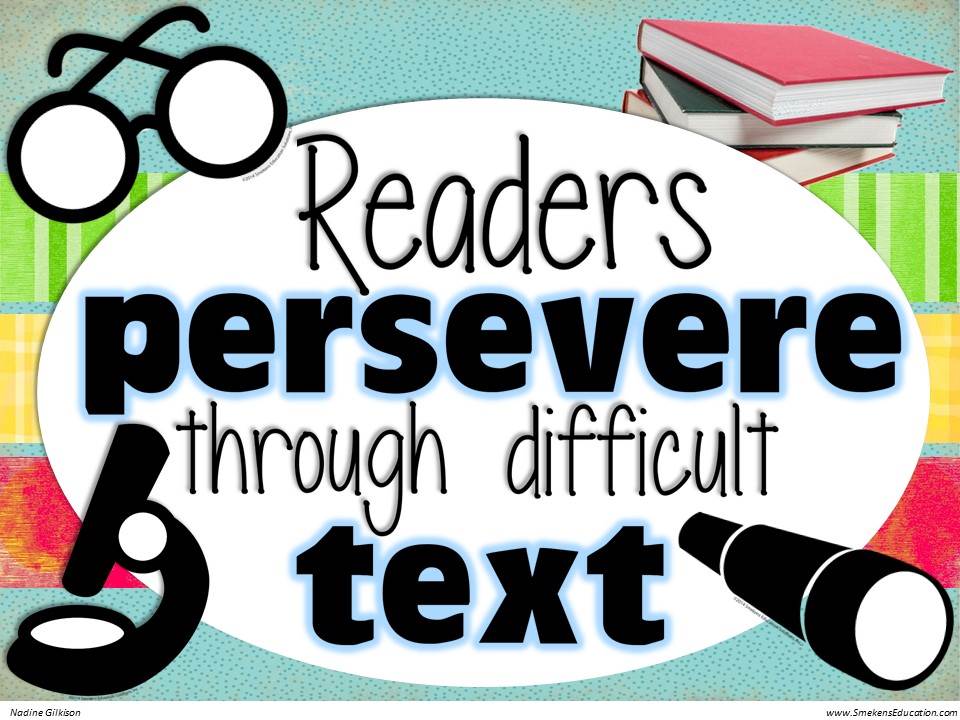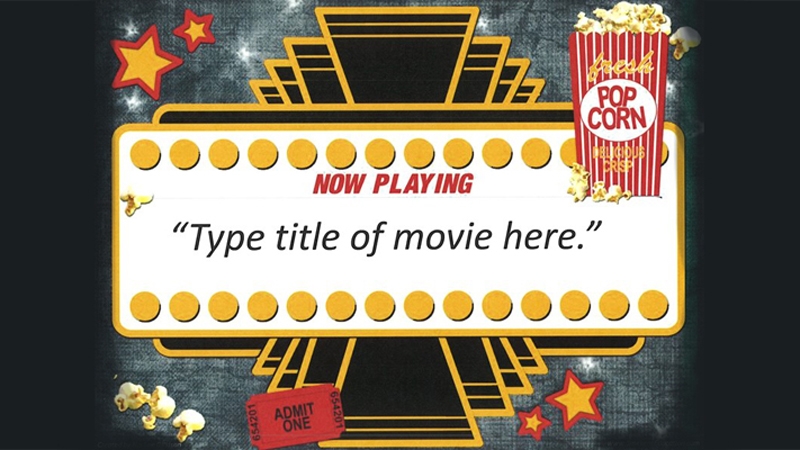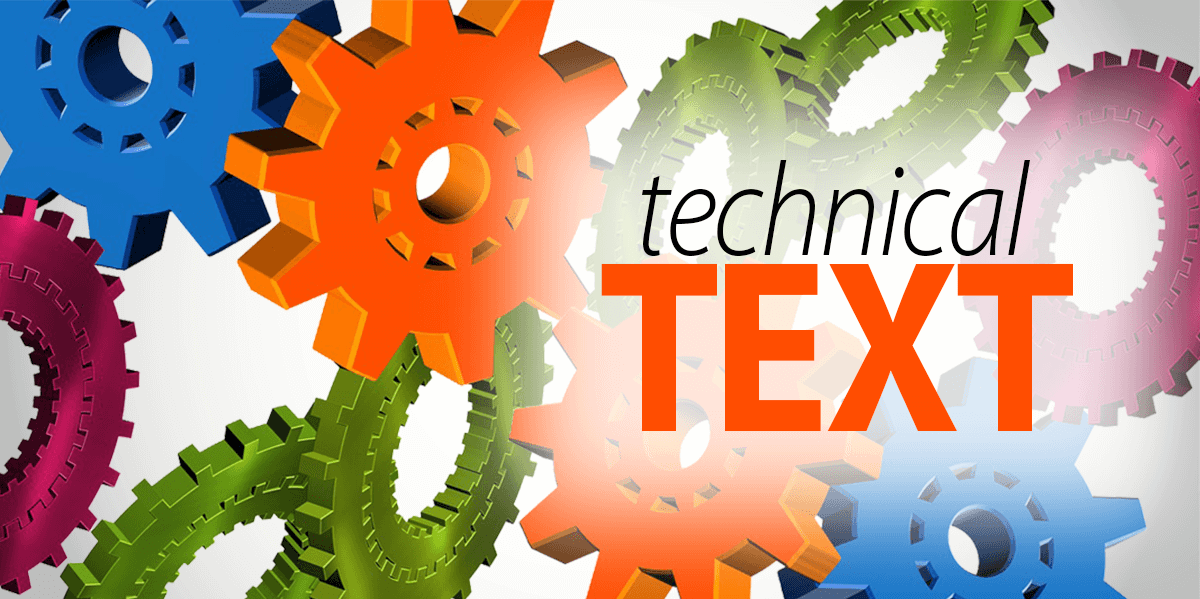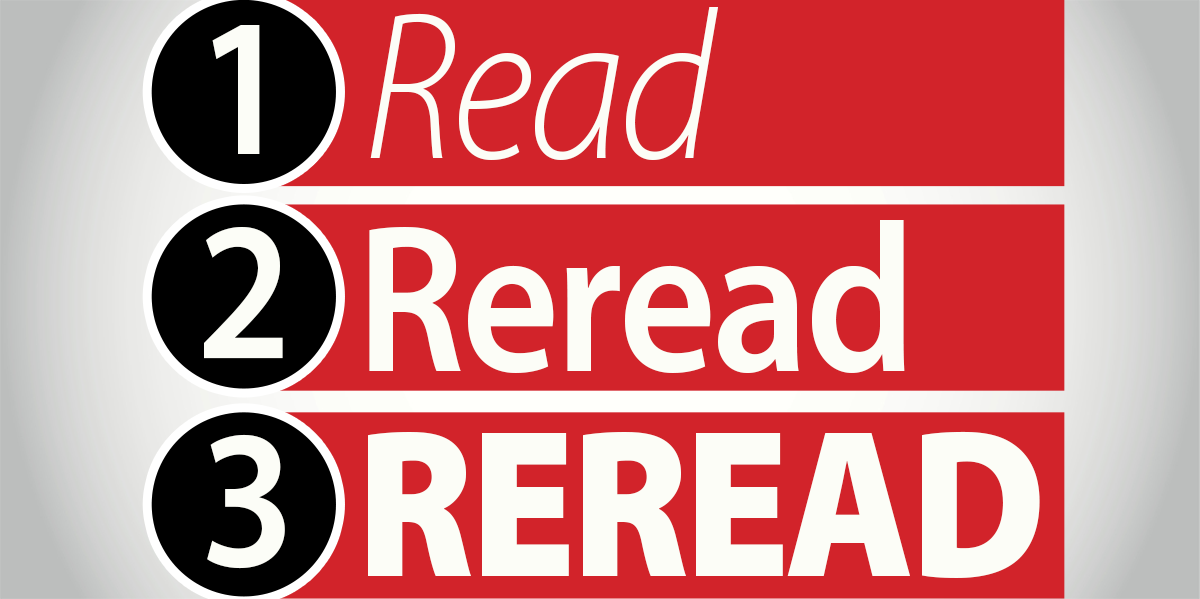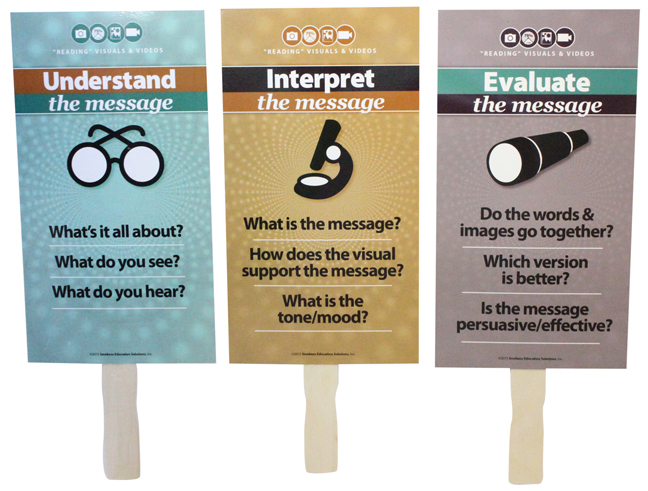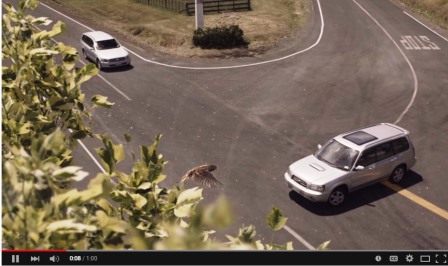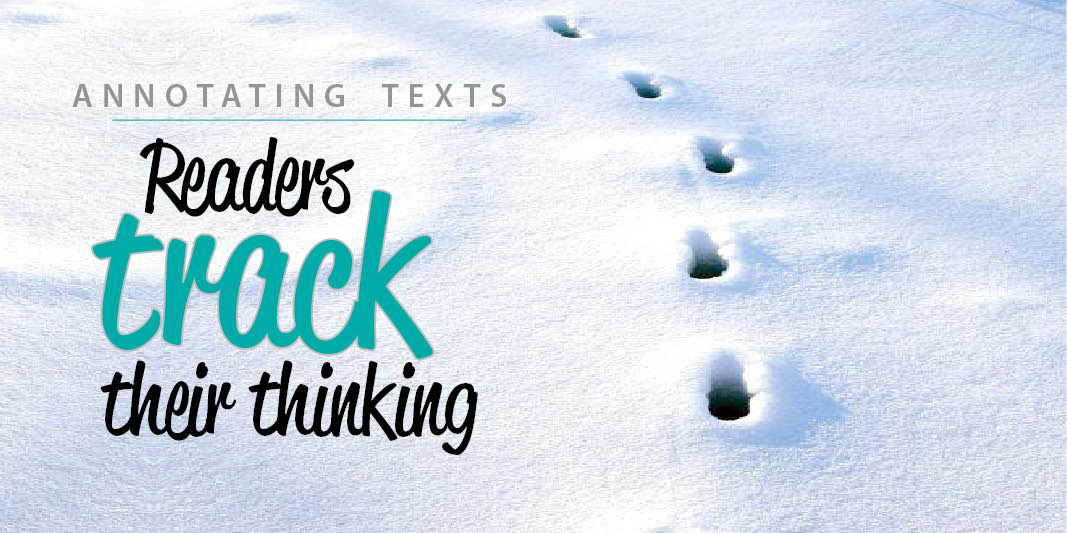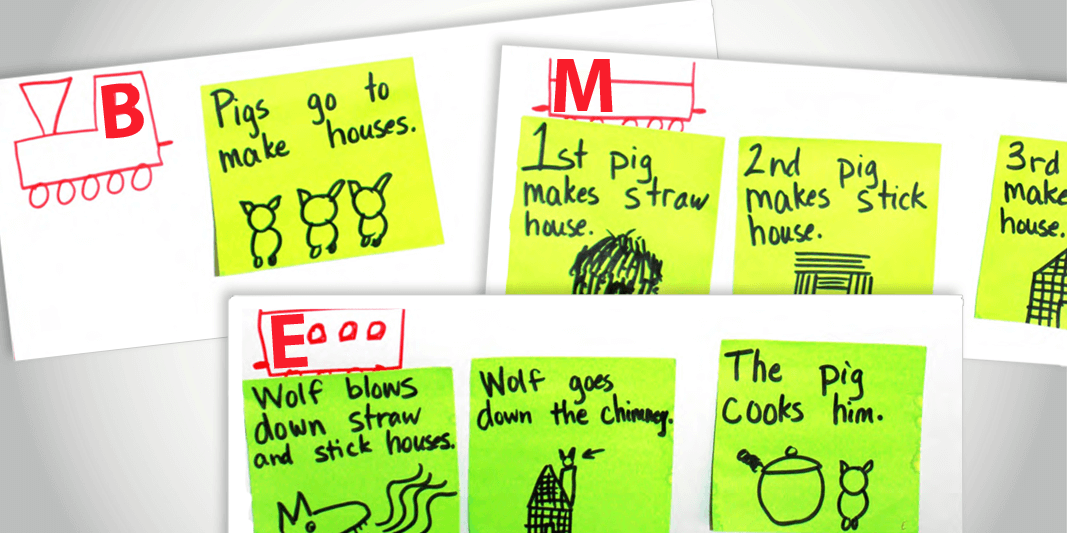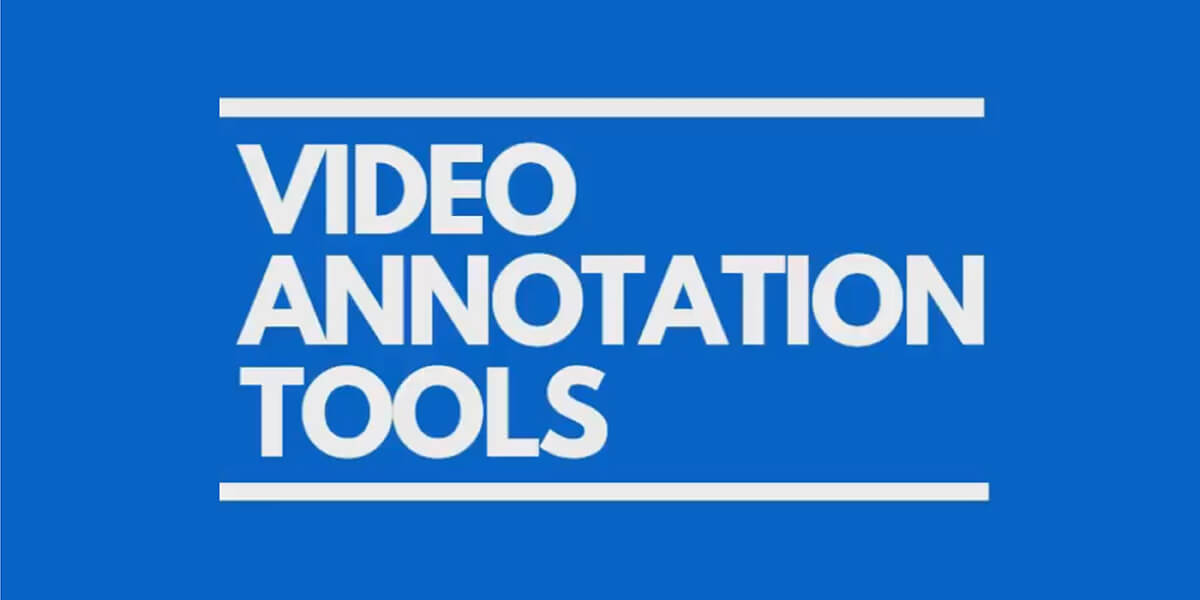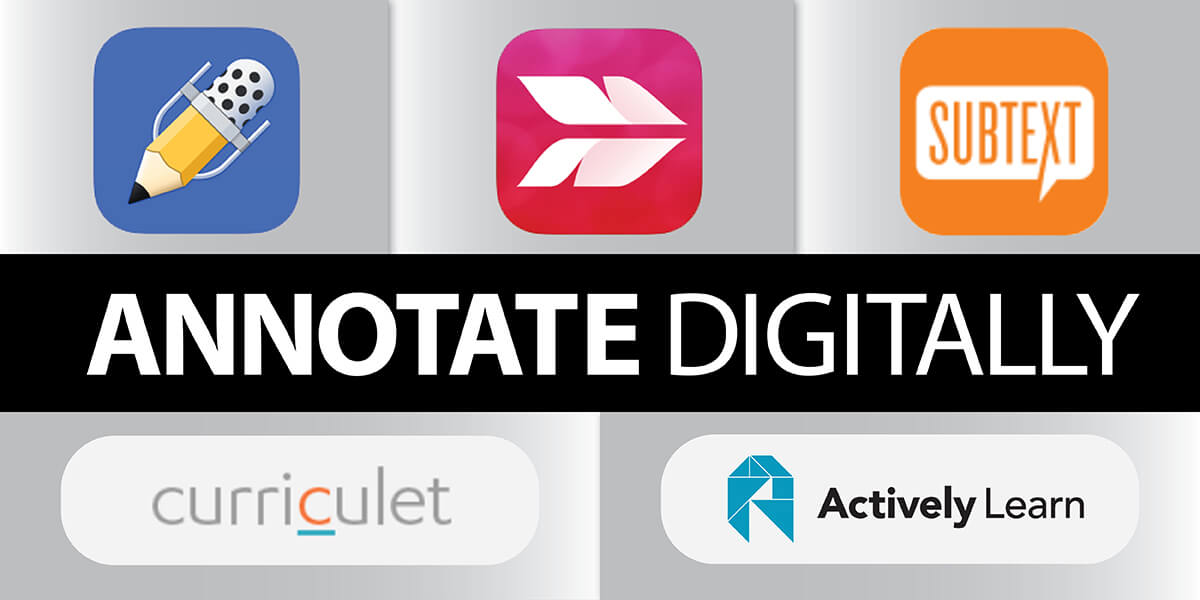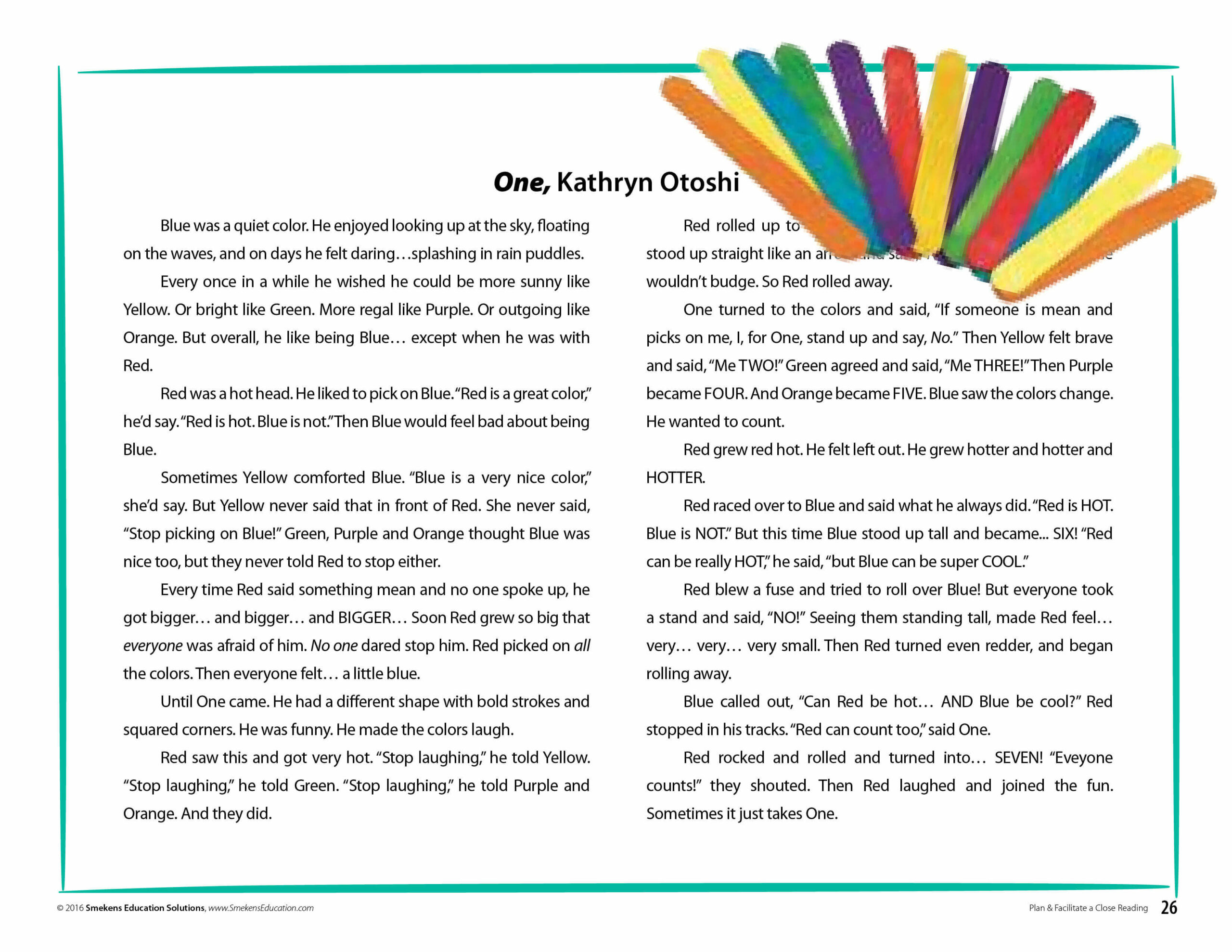Planning & Facilitating a Close Reading
SECRET SITE
Quick Links
Define Close Reading
Introduce reader voices
Progress through the standards
Download the Reading Standards in the ladder format that depicts how the standards fit into the close-reading framework.
Common Core Reading Standards Foldout
This resource identifies the anchor standards and grade level standards for literature and informational texts.
Access the K-12 Common Core Literacy Standards or the Indiana Academic Standards (11×17) for specific literacy skills to teach.
Experience a close reading
Repeat the close-reading experience you participated in.
Integrate Close Reading
Introduce the framework to students
Compare each phase of close reading to a different “lens.”
- GLASSES: Initially, readers comprehend on a surface level. They read to paraphrase/retell specific details, summarize the important concepts, and determine the main ideas.
- MICROSCOPE: During a closer look, readers zoom in to analyze the text and evaluate author decisions about word choice, organization, and purpose.
- TELESCOPE: With a deeper comprehension of the text, readers zoom out and integrate new understanding from the text with other texts and bigger ideas.

Teacher Lindsay Flood developed a fabulous close-reading activity using Oreo cookies to demonstrate the value in “reading” something more than once. For a description of the lesson, check out second grade teacher Allison Stuckey’s blog Who’s Who and Who’s New. For the digital download, see Lindsay’s TpT store.
Plan frequent close-reading experiences
Provide frequent opportunities for students to participate in close-reading experiences within your whole-class reading curriculum.
Shift focus from novels to standards
When reading a novel, apply the close-reading framework to the most significant excerpts of plot and craft.
Read closely within the content areas
Plan a Close Reading
STEP #1: Select a complex text
The text is just a tool to teach the standards.
STEP #2: Draft text-dependent questions
Download a text-dependent planner (PDF version / Word version).
Text can include photographs, infographics, sophisticated illustrations, political cartoons, movie clips, and videos. Apply the same 3-phase close-reading framework when analyzing these visual and multimodal texts, too.
Access resources used in the mini-lesson. | Connect to the “Fidget Cube” blog post used within the lesson. (Blog no longer available.) | Download the close-reading questions asked during the lesson. | Access dozens of additional close-reading questions appropriate for viewing videos and visuals (printable at 8 x 14).
Access passages and corresponding text-dependent questions for the following: The Big Orange Splot–primary literature | Because of Winn-Dixie, chapter-book excerpt | “Body Systems”–textbook passage | The text-dependent questions for analyzing the “Let it Go” original Disney lyrics and the “Let it Go” lyrics from Granger Community Church.
Facilitate a Close Reading
STEP #3: Establish reading purposes
STEP #4: Support discussion
Stephanie Kimmerly provides her Roosevelt Elementary School (Elkhart, IN) students with Talk-Move bookmarks. This allows them to learn the various sentence starters for each one.
Bridget Longmeier introduces Talk Moves to third graders. “This is going to be game changing for our school with a 60% EL population! We need to get them talking and listening and this is a great strategy to get them started.”
FISHBOWL: Small group (i.e., fish) is encircled by remaining students (i.e., bowl)
Don’t “give it away” if they are right or wrong. Rather, use a line from the Justification Cheat Sheet to ask them to support their thinking.
Observe close reading in action
Leading experts on close reading, Douglas Fisher and Nancy Frey, have dozens of classroom videos posted on YouTube. There are numerous close-reading lessons recorded in a variety of grade levels and content areas.






